“I don’t tend to think too much about what the judges will go for, or whether the work is their cup of tea – it’s not maths, it’s art.”
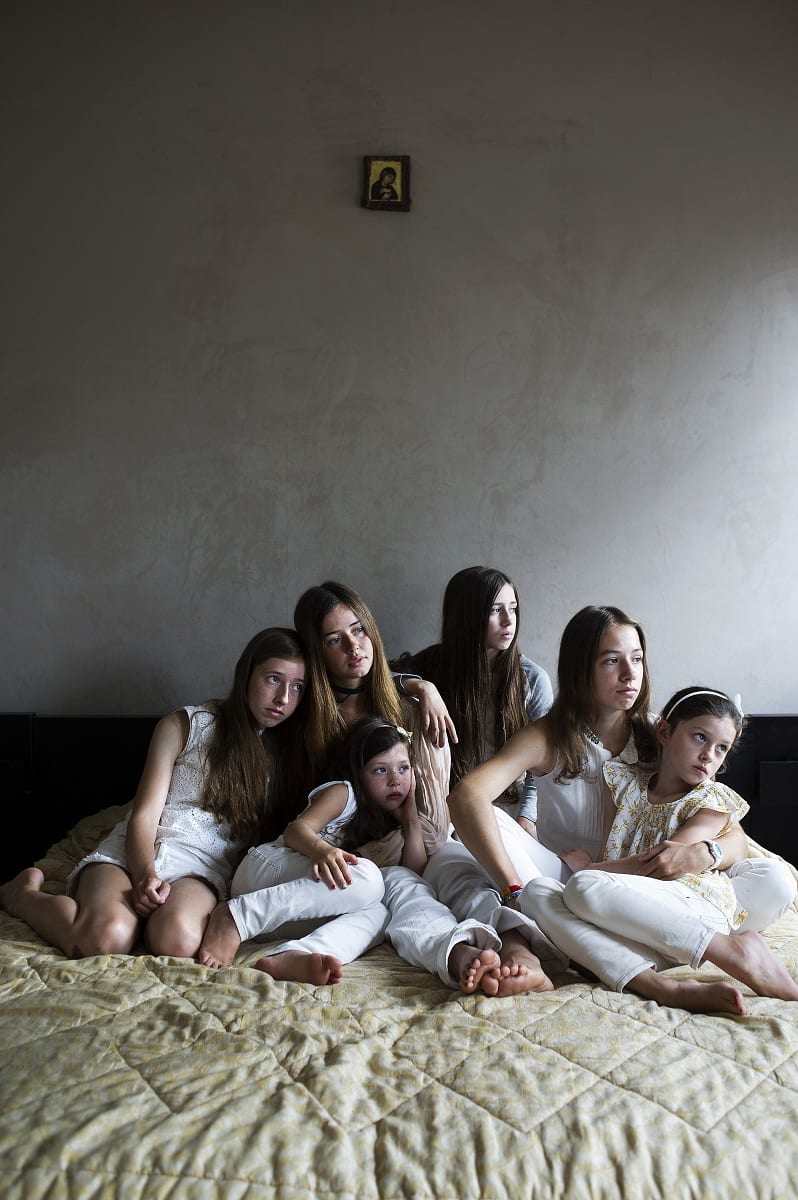

“I don’t tend to think too much about what the judges will go for, or whether the work is their cup of tea – it’s not maths, it’s art.”

The Portrait Issue returns this September just as The British Journal of Photography launches the return of Portrait of Britain, which will once again appear on digital JCDecaux screens across the country, in partnership with photography giant Nikon. Portraits have a rare capacity to capture a person, family and community in a way that reshapes a narrative or empowers an entire group of people. Each photoseries in this issue manages to shed new light on an individual or group and move beyond stereotypes to find a more honest truth – whether with a Roma group in the south of France, or a working class neighbourhood in The Netherlands.
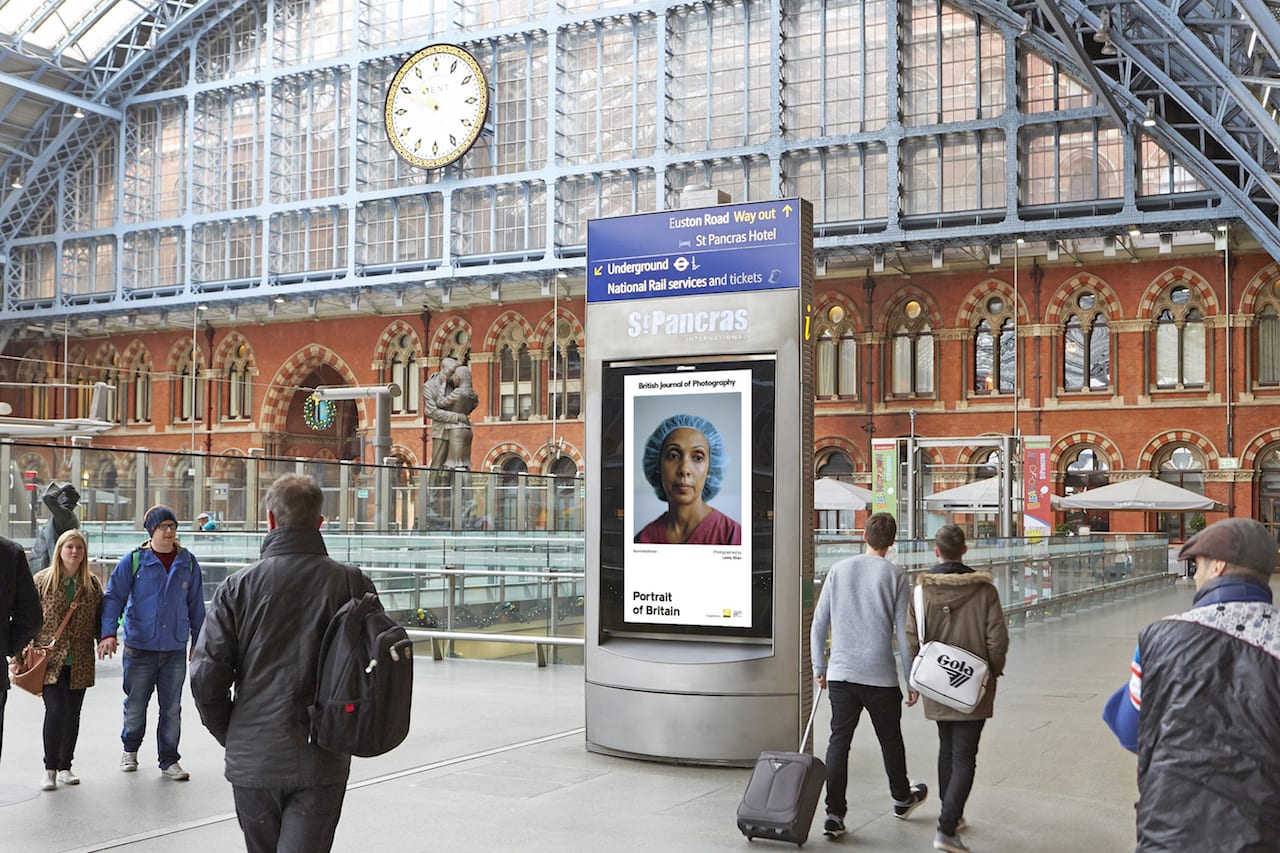
Portrait of Britain returns for a second year with 100 more images that encapsulate life the length and breadth of the UK. From almost 8,000 entries this year, the final hundred will now be displayed in a digital exhibition across JCDecaux screens in shopping centres and commuter hubs around the country throughout September. In partnership with Nikon, the photography giant, Portrait of Britain aims to show the social and cultural diversity of people in the UK and showcase everyday citizens and unsung heroes in a gallery of the people, by the people, for the people. Simon Bainbridge, Editorial Director at the British Journal of Photography, was excited about the latest portraits for 2017, saying, “Collectively, the portraits celebrate the unique heritage and diversity of modern Britain, as much as its thriving photography culture and the myriad styles and approaches they employ in their work.”
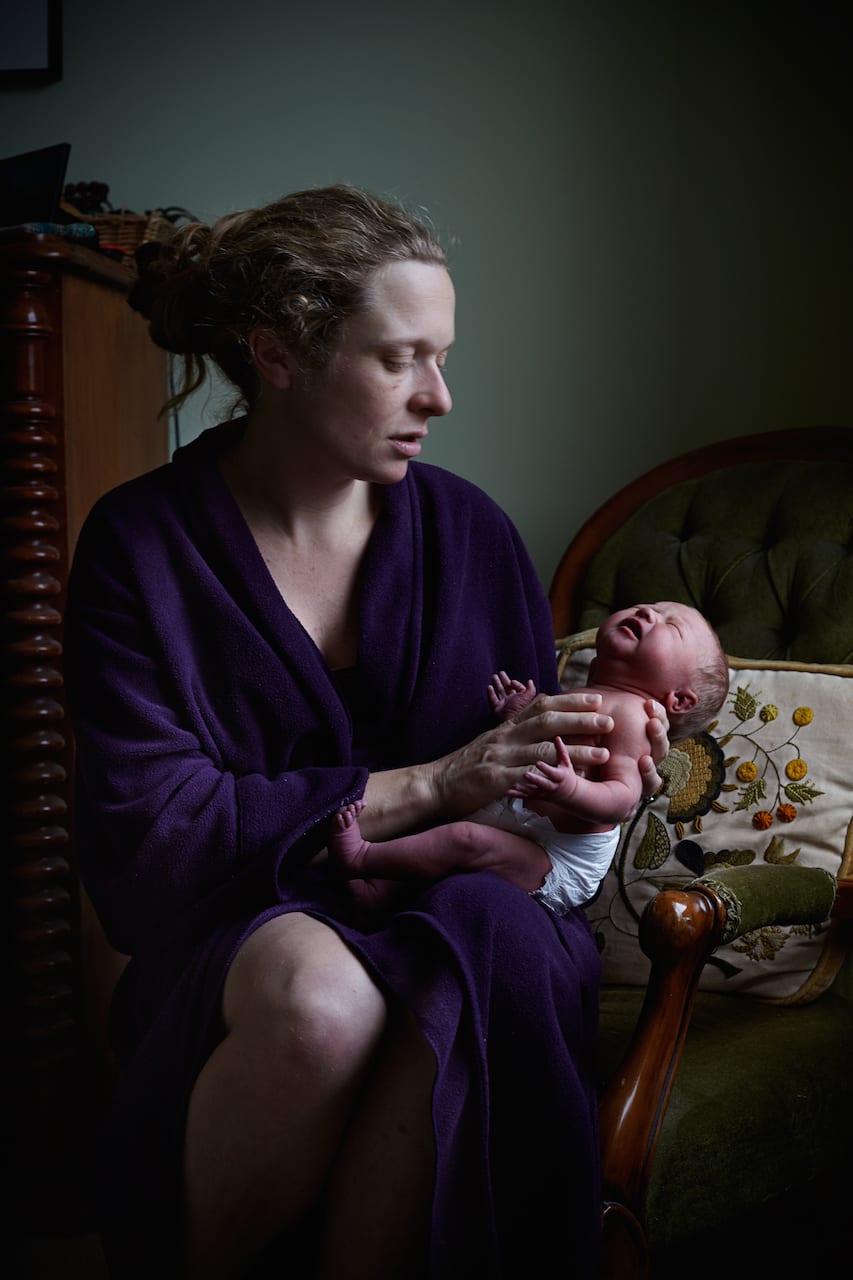
“As a photographer, you are basically only able to create an image of how you see someone rather than maybe what is really there,” says Jenny Lewis, whose portraiture has been published in two books, and whose work was selected for the inaugural Portrait of Britain show
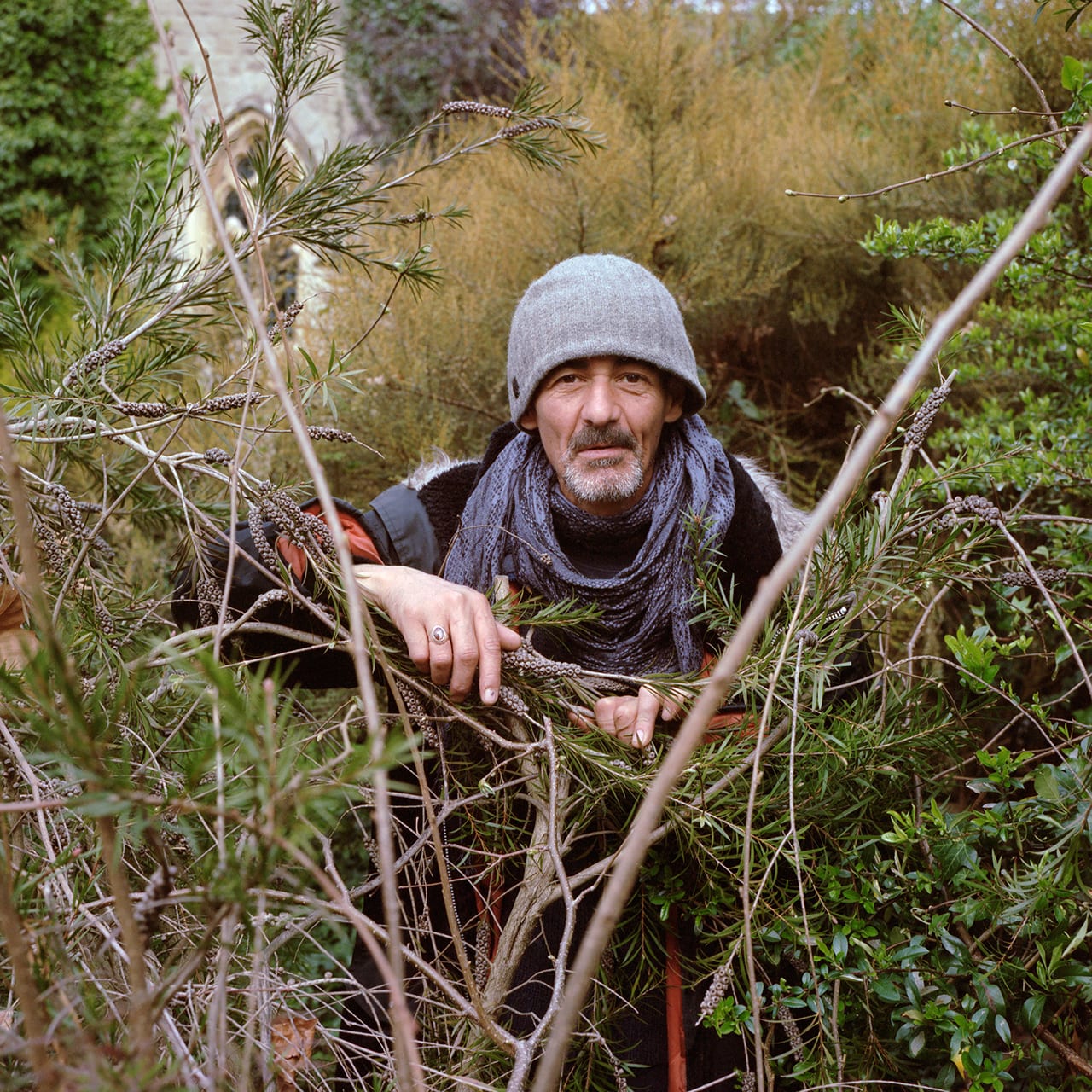
photography has the power to unite and create empathy, something that we, as photographers, should see as our obligation to the world,” says Ali Mobasser, who was one of the winners of BJP’s Portrait of Britain project last year. “Exhibiting using major advertising space was a brilliant idea,” he said of the initiative, “replacing its capitalist function with a humanist cause is genius. It’s a bit like secretly replacing someone’s cigarettes with carrot sticks, or opening up the Daily Mail to find the poetry of Rumi.”
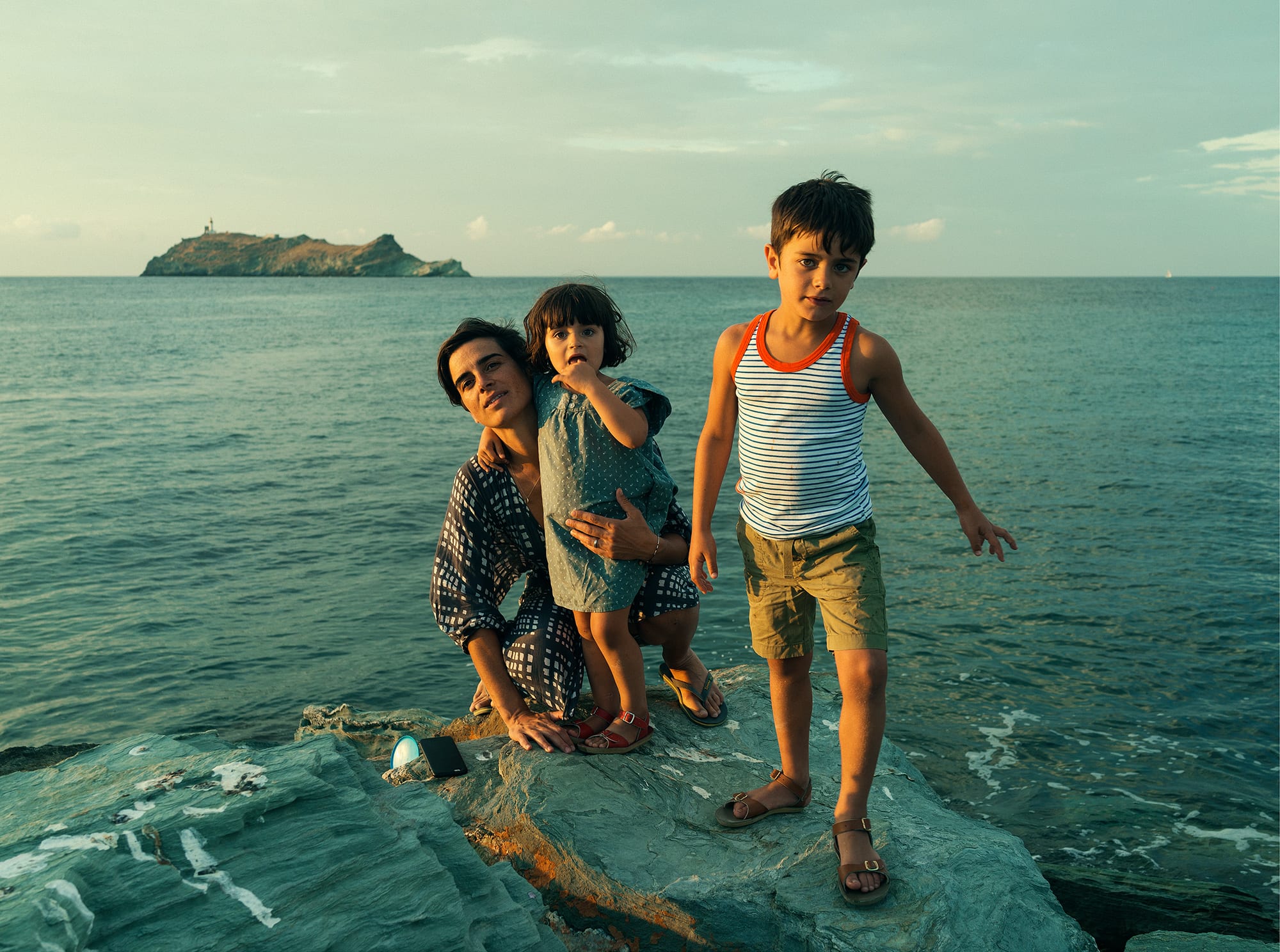
This fascination with the familiar isn’t a new phenomenon, says Phillip Prodger, head of photographs at the National Portrait Gallery and a former judge of the Taylor Wessing Photographic Portrait Prize. “We live in a world of the free exchange of imagery and social media and perhaps the photographs that once were considered more private aren’t considered so private anymore. I think people have been making those photographs all along but perhaps not sharing them in that way.”

” I always feel like I am (metaphorically, and sometimes physically) skipping or hopping around a person waiting for the moment I get something interesting from them, waiting for the moment it goes from being quite ordinary to being something powerful or compelling.” Jo Metson Scott, a winner in BJP’s Portrait of Britain 2016, shares how to capture the perfect moment –
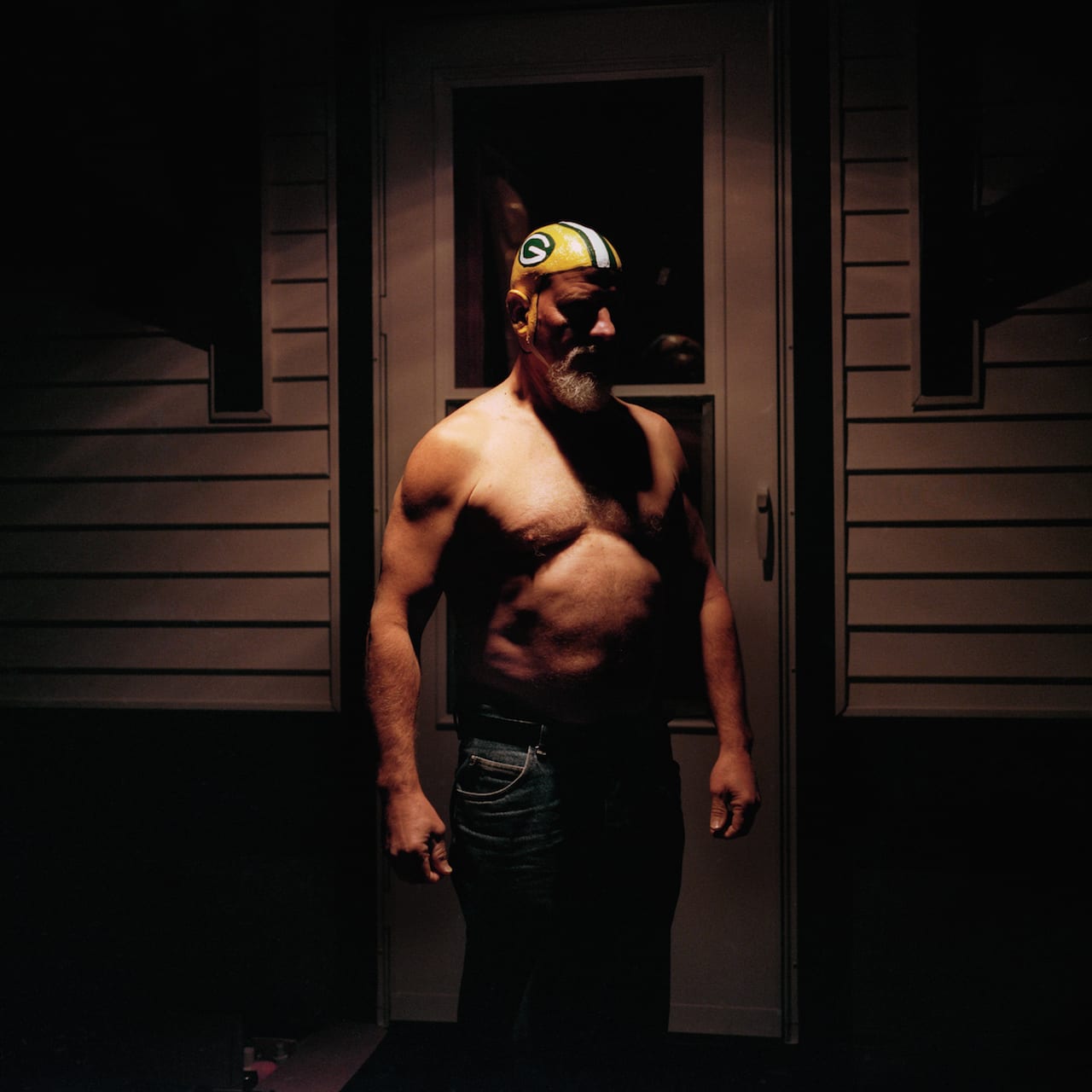
How do you shoot a great portrait? It’s all about connection, says Dan Wilton, one of the Portrait of Britain winners last year. “Sometimes that can be hard – especially with very short shoots – but that’s one of the challenges and one of the reasons I love it so much.”
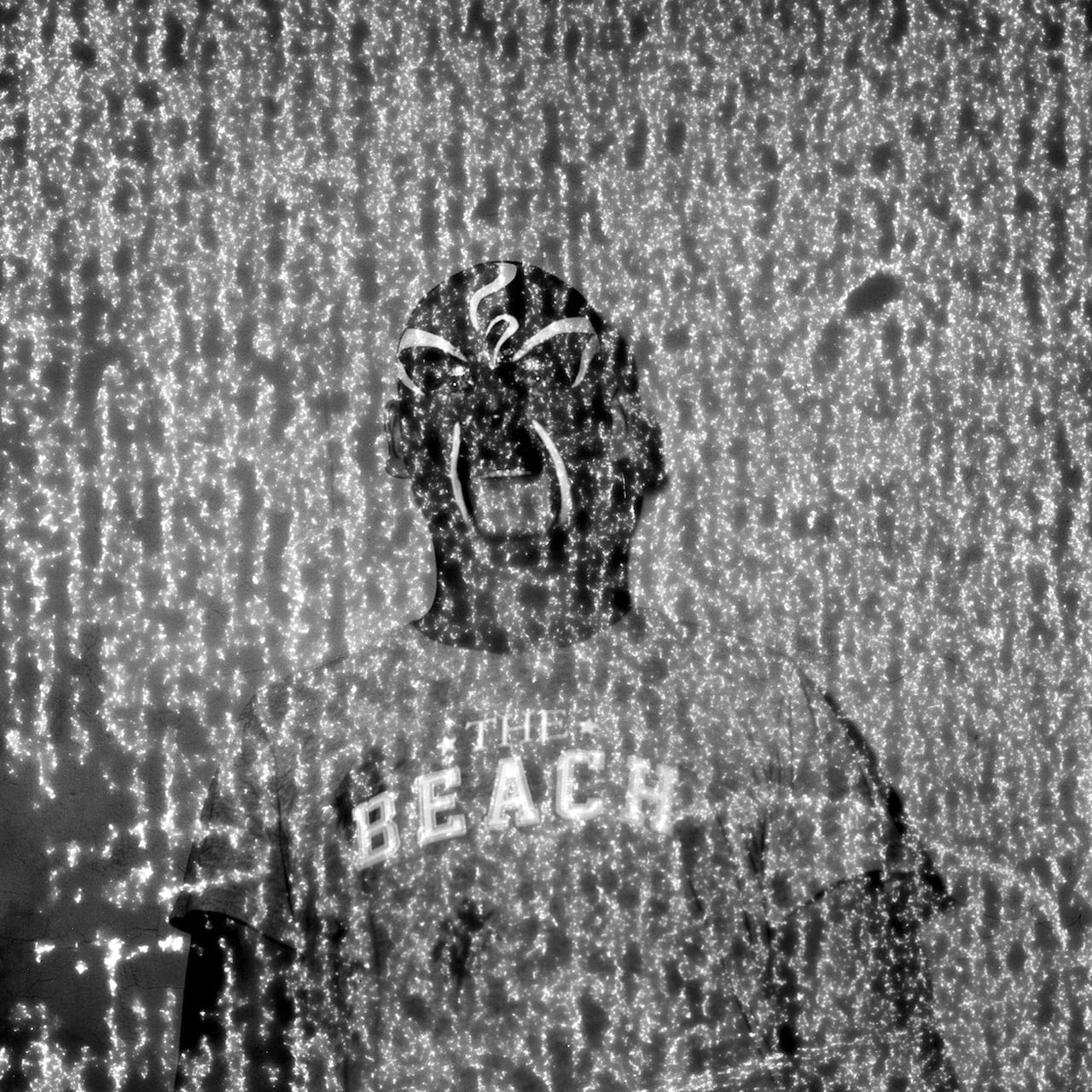
“Taking someone’s portrait is always a disruptive and often very awkward event. Everyone has their default portrait pose. The role of the photographer is to push beyond, to find that mysterious intimate moment that only a camera can freeze.”
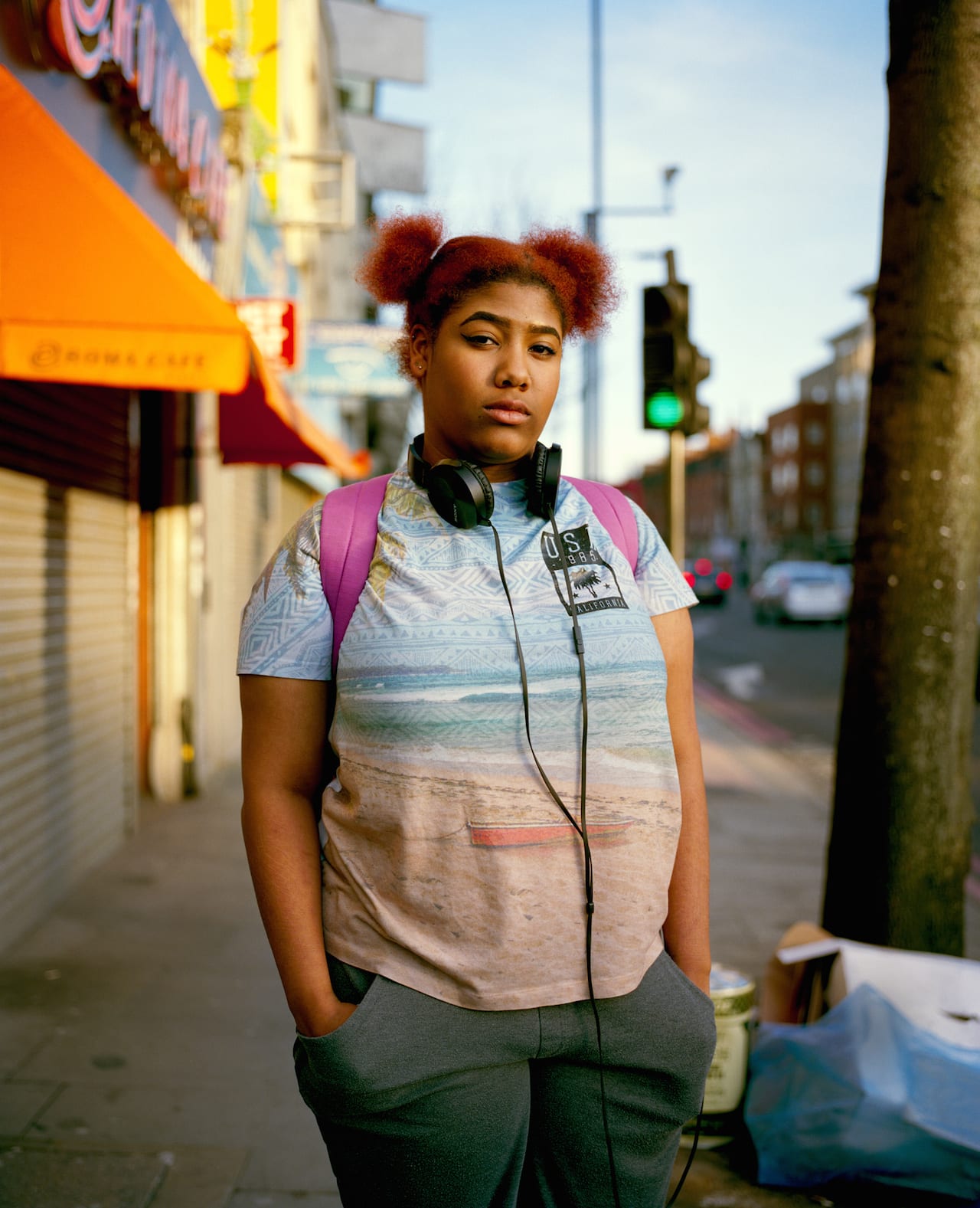
“Individually these photos represent the moment that we crossed paths, but collectively they represent my portrait of London – a confident city, a city of the future, a city I call home,” says Niall McDiarmid, who has been shooting portraits on the streets of Britain’s capital for the last six years.